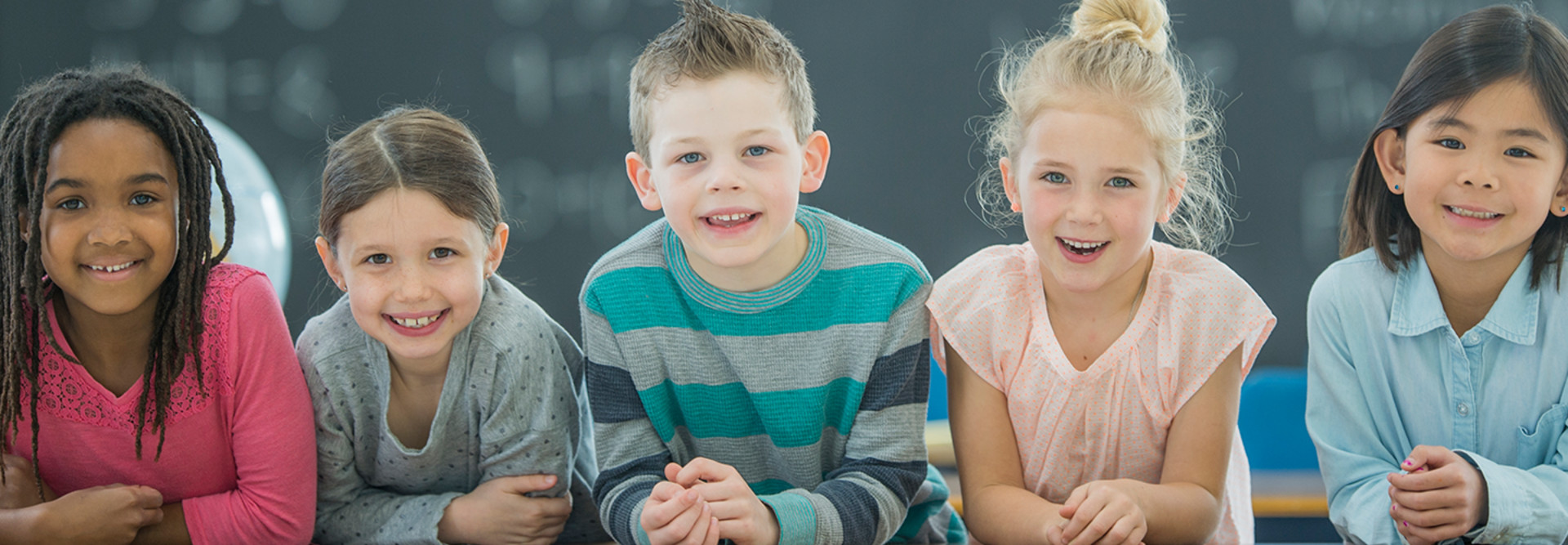Social-Emotional Learning Competencies Get a Boost from Classroom Technology
As K–12 educators seek ways to help students develop social-emotional skills, they are finding that some of the same tools they use in modern learning environments can also facilitate collaboration, empathy and other soft skills. That’s important because students will need these “people skills” to succeed in their educational and professional careers.
In a recent study, 98 percent of principals said they believe students from all backgrounds would benefit from learning SEL skills in the classroom.
MORE FROM EDTECH: How K–12 schools can make modern learning environments a reality.
What Is SEL?
SEL or, social-emotional learning, is the process in which students develop the necessary soft skills to collaborate effectively with their peers, according to the Collaborative for Academic, Social and Emotional Learning (CASEL).
“Through social-emotional learning, people develop the ability to understand and manage their emotions, handle the emotions of others, and build and maintain relationships, as well as the ability to apply those competencies appropriately,” David Osher, vice president and Institute Fellow at the American Institutes for Research, said in an interview with EdTech.
Through these competencies — self-awareness, self-management, social awareness, relationship skills and responsible decision-making — students can improve their classroom contributions, which can then lead to better academic outcomes.
Why Are Social Emotional Learning Competencies Important?
Although educators began paying attention to social-emotional competencies decades ago, Osher believes the increased focus is due to a larger accumulation of research and an increase in support from educators who have tried SEL and found it to be successful.
“There is now enough data to conduct meta analyses and, through this, researchers have consistently found out that good social-emotional learning programs tend to impact other aspects of academic performance,” Osher said.
In addition, employers have identified a need in the workforce for young adults who have SEL competencies. A Bloomberg report found that only 35 percent of employers are confident that new hires will have the soft skills they need to succeed on the job.
JOIN THE CONVERSATION: Follow @EdTech_K12 and share your SEL experiences.
Classroom Technology Creates Opportunity for SEL
Integrated classroom technologies such as Chromebooks and videoconferencing platforms have made it easier for teachers to create teachable moments around the key SEL competencies. A recent study by Microsoft found that three pieces of technology tend to be especially helpful for SEL:
- Collaboration platforms: Platforms such as G-Suite and Office 365 help students learn to work together and facilitate SEL skills. In the Fresno Unified School District, administrators adopted a digital collaboration platform with the intention of improving social emotional learning, but also saw academic benefits. After adopting the platform, participating middle school students were 25 percent more likely to meet or exceed language and math standards.
- Artificial intelligence: Personalized learning has played a significant part in evolving SEL in the classroom. Teachers can now target the SEL competencies students have not yet mastered by adjusting course material to more closely align with the areas they need to work on. AI-enabled technology allows teachers to improve personalized learning, in part by making student assessment and course correction more efficient so that teachers have more time for one-on-one interactions. When the Tacoma Public School District incorporated AI-powered technology and Azure cloud computing in an initiative to “focus on the whole child,” graduation rates increased from 55 percent to 83 percent.
- Mixed reality: Virtual and augmented reality gives students a chance to practice SEL skills in a low-stakes, virtual environment. “One especially effective teaching method is to provide students with opportunities to observe social-emotional skills and then practice those skills,” report Microsoft researchers. “Such experiences can help raise awareness of bias and improve skills, such as empathy and collaboration, among other benefits.”
In previous iterations of SEL, Osher said, educators often focused on creating SEL-specific curricula. Although such classes were often rich in information, they failed to contextualize the lessons. More effective, he said, is to incorporate SEL into daily classroom activities to show students what these competencies look like in practice.
“Students develop these skills at school, but also at home and in the community within environmental contexts that are supportive of social-emotional learning,” Osher said. “It is the interactions in the classroom in which social and emotional learning develops.”









